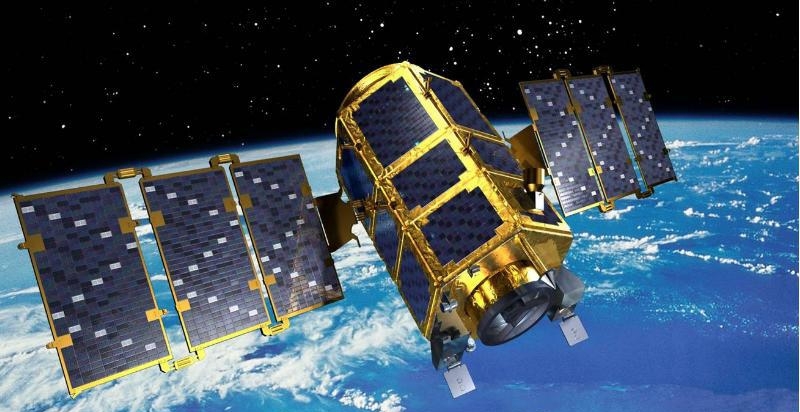Space free launch

Introduction
Good day, dear habrazhiteli! The production and operation of launch vehicles is quite expensive and dangerous. In this connection, the cost of launching a payload into orbit is also high. In this article we will look at alternative (non-missile) methods of launching spacecraft into space. If I am interested in you, welcome under cat.
Space elevator

This can already be called a classic of the genre - a similar concept has been described in more than one science fiction film. For the first time a similar idea was expressed by KE Tsiolkovsky in 1895. The space elevator consists of three main parts: the base, the cable and the counterweight.
The base is a place on the surface of the planet where the cable is attached and the load begins to rise. It can be either mobile (for example, to be placed on an ocean vessel) or not mobile. The advantage of the rolling base is quite obvious - it is possible to move away from hurricanes and storms that can damage the cable.
')
The cable is a very thin filament (relative to its length, of course) made of heavy-duty material, carried over a geostationary orbit and held in this position due to centrifugal force. At present, it is not possible to create such a material, but according to the theory, carbon nanotubes can become such a material. Alas, their production on an industrial scale is still very far away. The strength of the space cable should be about 65-120 gigapascals, depending on the height (for comparison, the strength of steel does not exceed 1 GPa).
The counterweight is to ensure that the cable is always in a state of tension. They can serve any massive object, be it an asteroid or a space base (which is more attractive). The counterweight is much higher than the geostationary orbit, therefore, when the cable is broken, it can easily fly to the near-solar orbit. Therefore, if they are served by a space station, then it must be equipped with its own propulsion system.
Loads into orbit are lifted by a special lift (or maybe not even one), and according to scientists' calculations, the journey from end to end should take about 7 days. Not fast of course, but very cheap. In the end, it is much faster than launching with missiles, the preparation of which takes long months. It goes without saying that a project of this scale should be international, because no state will master it alone. And this in turn causes a number of problems and questions. First, on what territory should such a structure be located? Indeed, because of its gigantic proportions, a violation of the airspace of several states cannot be avoided. Secondly, the space elevator must be protected from acts of terrorism and military conflicts.
Pros:
- The relative cheapness of cargo delivery to the geostationary orbit
- Significant cost savings when launching interplanetary spacecraft
- The possibility of implementing low-cost space excursions
- Unlike rockets, no toxic substances are released into the atmosphere.
Minuses:
- Implementation difficulty
- High construction costs
- The need to address many legal and legal issues
Orbital plane
A less fantastic and already feasible enough idea of a space-free launch. By an orbital plane, I mean precisely a spaceship launched into orbit solely with the help of our own engines. The peculiarity of such devices is that they can take off and land like ordinary aircraft.
In general, the idea of space planes is not new and goes back to the middle of the 20th century. The first detailed project of an automatic spacecraft was the unimplemented Zenger project to create a sub-orbital Zilberfogel bomber in Nazi Germany. The theoretical altitude of the flight should have been 260 kilometers, which is certainly above the Karman Line (100 km), the official boundary of space.

Silbervogel model
Due to the high complexity of the propulsion and construction technologies, none of the orbital aircraft projects have ever been implemented. Currently, Reaction Engines is developing a reusable single-stage Skylon automatic spacecraft. I note that at the initial stage it will take off like an ordinary plane, and having reached a speed of 5.5 Mach and an altitude of 26 km, it will switch to oxygen supply from its own tanks. According to experts, Skylon should reduce the cost of shipping goods by 15-20 times.

Skylon spaceship. Is at the initial stage of development.
Pros:
- No need for special launch facilities, normal airfields will do.
- Unlike the space elevator, it is possible to select the height of the orbit.
- Feasibility in the coming decades
Minuses:
- The need to create more advanced reusable engines
- High fuel consumption
Source: https://habr.com/ru/post/221809/
All Articles